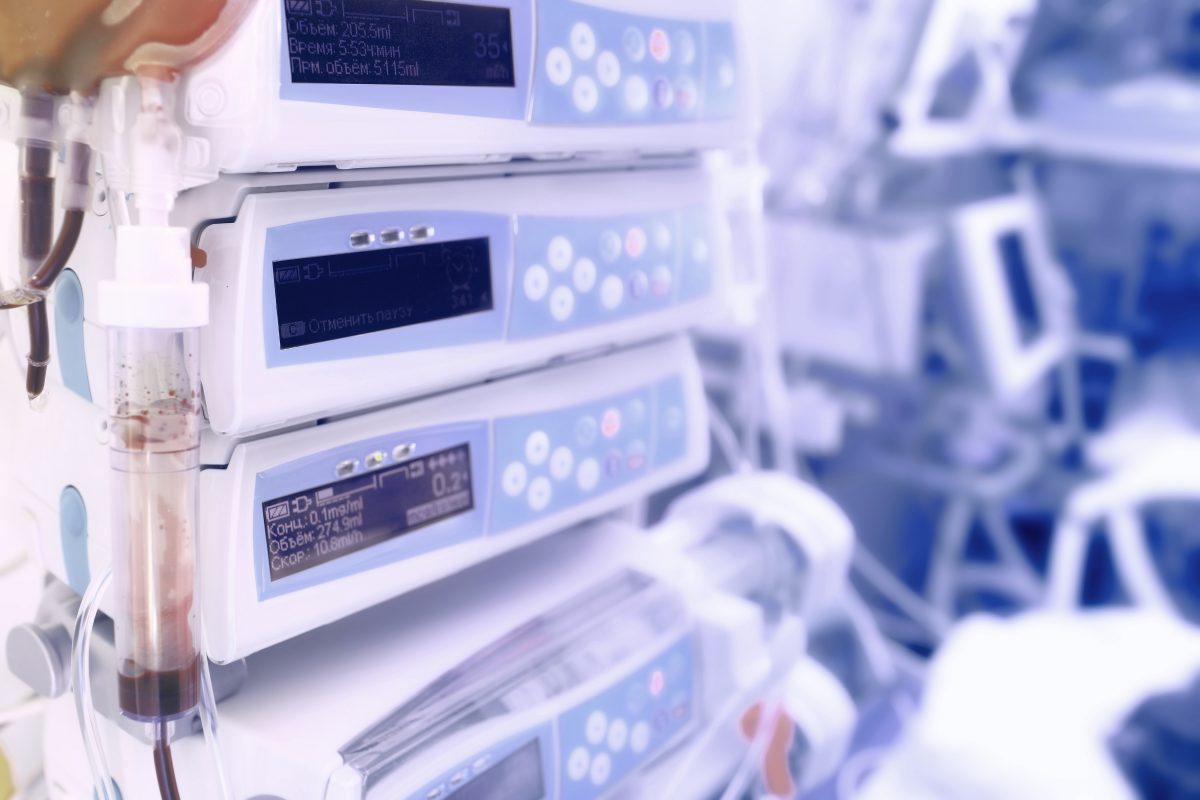
By 2040, the number of people living with cancer who require chemotherapy will increase significantly worldwide. The burden will be most pronounced in low- or middle-income countries, including India, home to the third largest number of people living with cancer in the world.
“The number of cancer cases necessitating first-line chemotherapy treatment will increase by 53 percent, from 9.8 million in 2018 to fifteen million in 2040. 67 percent of such patients will reside in low- or middle-income countries.”
This is according to researchers who have conducted a study published today in The Lancet. The study surveyed the number of cancer cases which required chemotherapy in 2018, and to what extent such cases are likely to increase by 2040. It estimates that the number of cancer cases necessitating first-line chemotherapy treatment will increase by 53 percent, from 9.8 million in 2018 to fifteen million in 2040. 67 percent of such patients will reside in low- or middle-income countries.
For India, the estimates are dire. “For India in particular, our study estimates approximately 670,000 new cases of cancer requiring chemotherapy in 2018 if there were full application of evidence-based guidelines,” Dr Brooke Wilson, the study’s first author, told Health Issues India. “By 2040, we estimate over 1.1 million new cases per year needing chemotherapy, and demand may be as high as 1.2-1.5 million if we account for more advanced stages of disease at presentation as compared to US and Australia data.”

“India is failing those with cancer on treatment; as many as 83 percent of individuals with cancer in India do not receive wholly correct treatment, with fifteen percent getting entirely incorrect treatment. 27 percent, meanwhile, do not receive the correct chemotherapy drugs.”
Cancer is one of the main health threats facing India at present. In 2018, more than 784,000 Indians lost their lives to the disease while 1.15 million new cases were diagnosed. Currently, 2.25 million people in the country live with the disease. The country’s burden of the disease more than doubled in the 26 years prior to 2018, more than in any other medical discipline. It is the second biggest killer of any disease in India, behind only heart disease.
Health Issues India has noted before how India is failing those with cancer on treatment; as many as 83 percent of individuals with cancer in India do not receive wholly correct treatment, with fifteen percent getting entirely incorrect treatment. 27 percent, meanwhile, do not receive the correct chemotherapy drugs. As the study notes how the need for chemotherapy drugs will substantially increase, such a finding carries dire implications.
This translates to the need to expand India’s cancer workforce, Dr Wilson told us. “To meet this increased demand, India is likely to need a significant expansion in their current workforce, with an estimated 7,300 cancer physicians required by 2040,” she tells us. India will require the third largest oncology workforce, behind China and the United States.
Currently, the oncology workforce in India numbers at around 1,250. This provides an obstacle to early diagnosis which, as the study notes, often negatively affects patient outcomes. In the case of breast cancer alone, the proportion of those who present with the disease in advanced or metastatic stages is between fifty and seventy percent. Infrastructure to tackle the disease, meanwhile, is sorely lacking.

“The risk factors amplifying the chance of developing cancer in India are on the rise, from lifestyle factors such as poor diet and smoking to environmental issues such as pollution. It is imperative, then, that essential treatments such as chemotherapy are readily available and accessible to those who need them.”
Early diagnosis is of key importance to improving patient outcomes. As noted by the World Health Organization (WHO), “early detection of cancer greatly increases the chances for successful treatment”, with “education to promote early diagnosis and screening” comprising “two major components” of this. As Dr Melinda Arnold writes in a linked comment to the Lancet study, “primary prevention should be an essential part of this action and should be a top priority in countries’ response to cancer, in close conjunction with early detection, screening, and treatment.”
Rising rates of cancer entail a public health crisis of such magnitude that it cannot be ignored. In addition to the sizeable human cost, the disease cuts a significant chunk out of the public exchequer. In 2012, India lost US$6.7 billion in lost productivity to cancer – equivalent to 0.36 percent of the country’s gross domestic product (GDP).
This is to say nothing of the financial cost to patients. Many are driven into poverty because they have to pay for their healthcare out-of-pocket. 55 million people in India are driven into poverty because of their medical bills.
The risk factors amplifying the chance of developing cancer in India are on the rise, from lifestyle factors such as poor diet and smoking to environmental issues such as pollution. It is imperative, then, that essential treatments such as chemotherapy are readily available and accessible to those who need them.
As Dr Wilson states, “we hope that the data presented in our paper may be helpful to policymakers and government in countries such as India, as they develop strategies to prepare for these increasing demands in the coming decades.”
The Lancet study, “Estimates of global chemotherapy demands and corresponding physician workforce requirements for 2018 and 2040: a population-based study”, can be accessed here.

